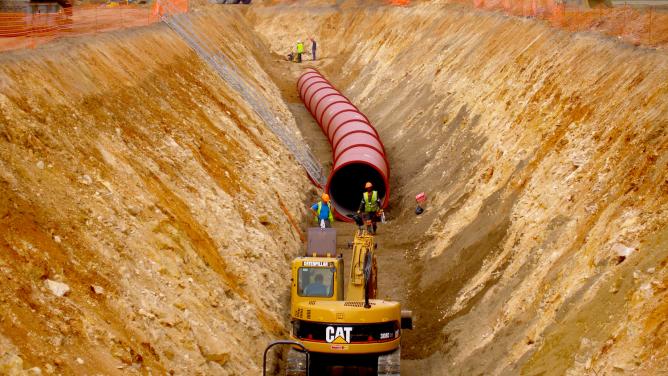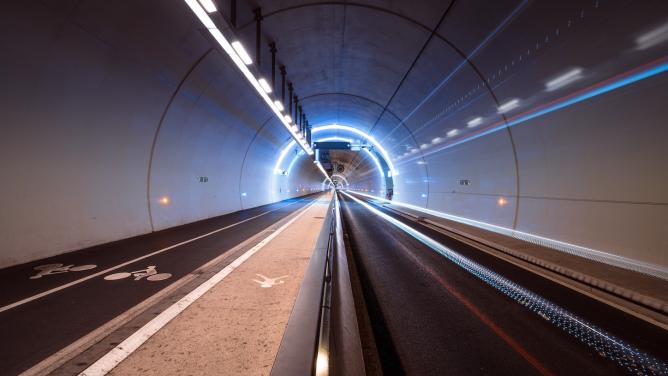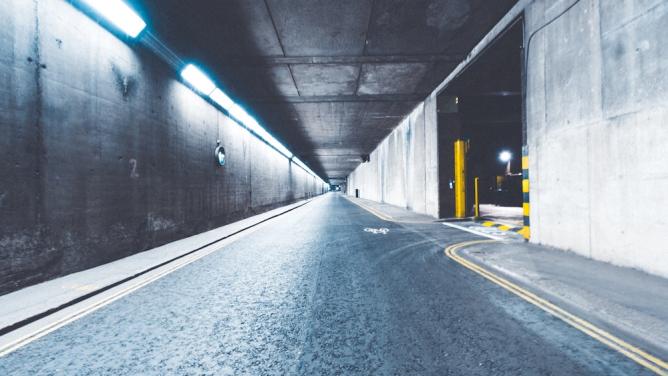Sidewalk Labs announcement in May must have raised a fair few eyebrows. Alphabet, Google’s urban innovation affiliate, officially abandoned its visionary project to create a futuristic neighborhood in Toronto because of “unprecedented economic uncertainty” stemming from the coronavirus pandemic. The exuberantly ambitious project was much anticipated worldwide, especially its underground network of tunnels for shared utility services.
Major uncertainty
For several years now, there has been an increase in the number of obstacles lying in the way for major urban planning projects. Underground tunnels are one of the most complex types of infrastructure to get off the ground. Just look at the Grand Paris Express, one of the biggest projects in Europe and all the difficulties it met. In a report published in 2017, the court of auditors expressed its concern over the risk of a “lifetime of debt” for this extraordinary project.
According to Clément Fourchy, co-founder of the consultancy firm Espelia which specializes in public services management, this is nothing new. Financing tunnels has never been that simple: “It’s very expensive. When you build a tunnel you need to raise a lot of investment, as these are projects are incredibly capital-intensive. The difference between building an underground system or a tram system means multiplying the budget by around ten.”
A model in crisis?
Over the past few years, new social and institutional factors have been added to the equation. The acceptability of such projects is no longer the same – especially at a time of climate crisis. “There has been much public debate, and the question surrounding the need to pursue economic growth is focused particularly on major infrastructure,” the consultant explains. The expression “Grand Projets Inutiles” (Great Useless Projects) has become popular, only adding to the criticism.
At the same time, the government no longer has the same strike force as it did in the 1960s, when it was taking on new projects for highways and high-speed rail infrastructure. “The government had better resources and technical capacity, and it had greater financial means,” explains Clément Fourchy. “With decentralization and the transferal of a part of sovereignty to the EU, state power is now weakened”, part of the operational skills having been transferred to local or outsourced to private actors.
What are the alternatives?
To overcome these challenges, other financial models are coming to light. They provide an alternative to – or even rebalance – the “taxpayer, user, company” triptych which usually takes precedence in financing transport. Among them, public-private partnerships (PPP) enable a public authority to work with private providers to finance and manage infrastructure which serves the public interest. In fact, this particular model is what made the Channel Tunnel possible.
Author of the study Funding Mobility in a Post-Carbon World for the Fabrique de la Cité, Camille Combe also evokes the idea of “land value capture”. Popular in Hong Kong, this mechanism takes advantage of the fact that by integrating transport infrastructure financed by public money, there is an impact on land price for the surrounding buildings. “By using various mechanisms, a part of the capital gain related to improved accessibility from building a transport system can be used to invest in financing the whole project. Private capital gains thus become collective capital gains.”
“This type of mechanism is not always relevant,” Camille Combe wishes to clarify. “While Hong Kong’s high population density and lack of space justifies this by maintaining a high land price, this is less true for Plateau de Saclay,” he explains. These solutions must be applied by taking into account the context of the local land area.
Financing the climate transition
Urban congestion charging introduced for environmental reasons has also found a level of success over the past few years. Used as a way of reducing inner city traffic congestion and pollution levels, revenue created from the scheme can be used to finance transport infrastructure across the region. This is notably the case in Oslo, and more recently in New York, which hopes to fund a renovation project to modernize its old public transport network. Estimated to be at around $40 billion, the budget is around the same as the one for the Grand Paris Express.
For Camille Combe, opposition from users having to pay for their transport “is not inevitable”. In Oslo, public acceptability of the carbon tax doubled as its amount doubled because users could see the positive effects. Thus, the clarity of the means of financing, the objectives pursued and the allocation of revenue leads to better acceptability. So that’s good news in the long run for such ambitious development projects.


